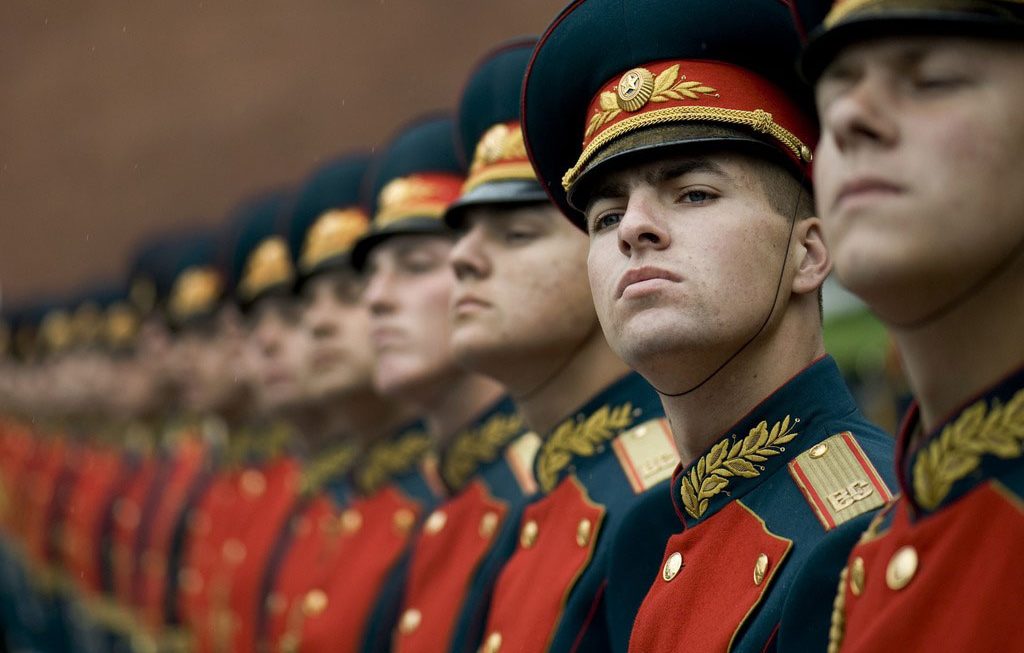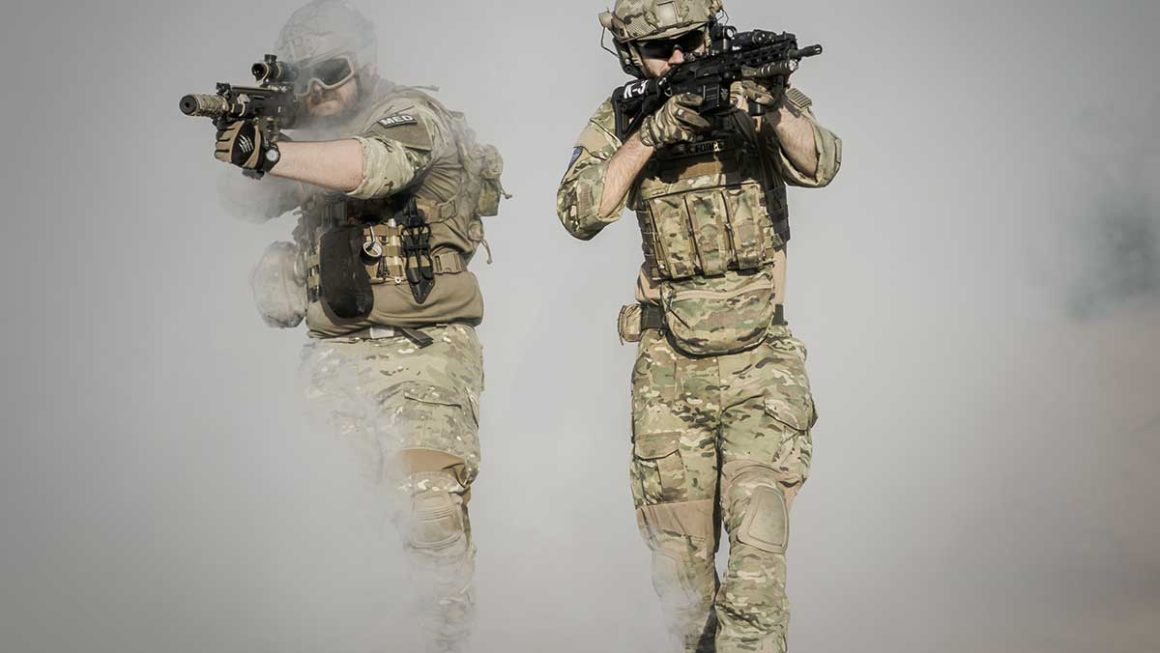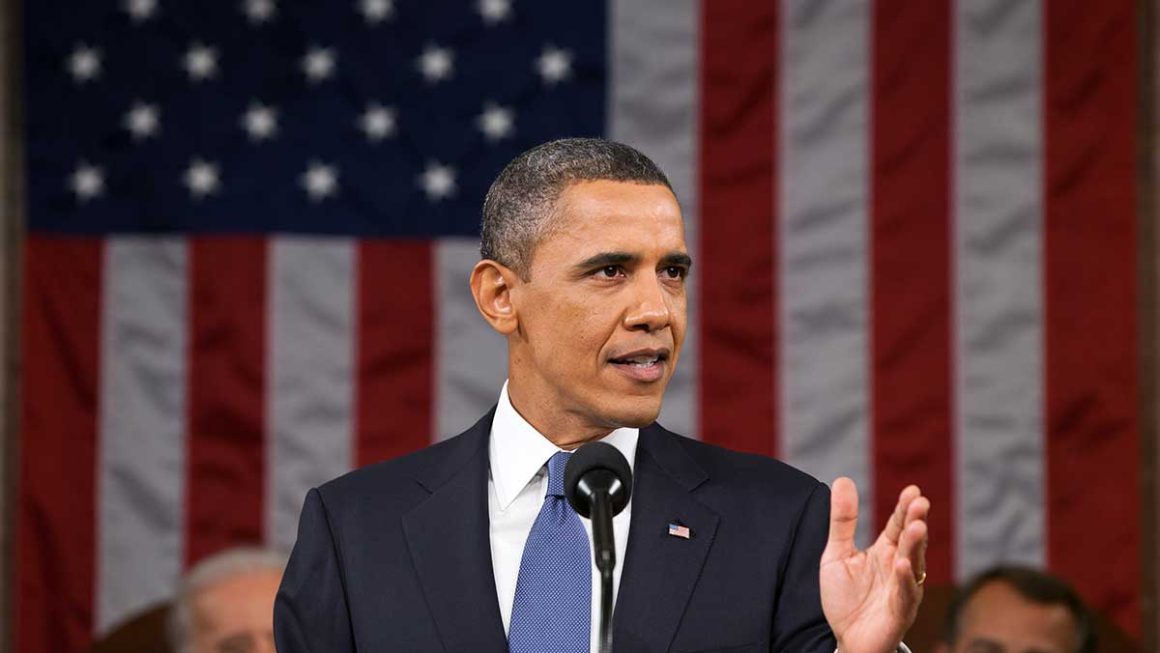Protesting is not a new concept for society. People throughout history have used protests to voice their opinions and concerns. In recent years, protests have become even more prevalent as social media has enabled individuals to organize and promote their events to a wider audience. However, in the midst of all the noise, it is important to remember the ultimate goal of these protests: to create a peaceful and prosperous society where everyone has equal opportunities and rights. In this blog post, we will be discussing the importance of peaceful protests and how they can lead to positive change. So, let’s dive in.
The historical context of protesting for peace and prosperity

Protesting for peace and prosperity is not a new phenomenon. It has been a part of human history for centuries. The earliest recorded peaceful protest was staged in ancient Athens in 461 BC. The demonstration was led by women who were demanding better treatment and more rights. In modern history, the Civil Rights movement in the United States, led by Martin Luther King Jr, is a perfect example of how peaceful protests can bring about significant change.
Protests are often the result of people feeling oppressed and powerless. They are a way for people to voice their dissent and demand that their needs and grievances are heard. Protests can serve as a catalyst for change and can lead to reforms in policies and laws.
Protesting for peace and prosperity is particularly important in societies where there is a significant amount of inequality, poverty, and political unrest. Such protests aim to bring attention to these issues, create awareness among the masses, and demand that necessary steps are taken to end these problems.
At the same time, peaceful protests have been criticized by some who argue that they are not effective and can often be disruptive. However, history has shown that peaceful protests have played a vital role in bringing about change and are an integral part of any democracy.
In conclusion, protesting for peace and prosperity is a legitimate means of expressing dissent and demanding that necessary changes are made. It is an important aspect of democracy and has played a crucial role in bringing about social, economic, and political change.
Types of protests – peaceful and non-peaceful

Protests are often held to draw attention to a cause and bring about change. In recent times, we have seen various forms of protests ranging from peaceful demonstrations to violent acts of civil disobedience. Peaceful protests are the most common type of protests and involve people assembling in a nonviolent manner to express their grievances. These protests can take many forms such as sit-ins, marches, and candlelight vigils. Non-violent protests are usually more effective in sending the message across to decision-makers and fostering meaningful change.
On the other hand, non-peaceful protests are characterized by violence, destruction of property, and confrontation with law enforcement. These protests tend to undermine the message that protesters are trying to convey and can turn public opinion against them. They can also attract people with different opinions who may cause chaos and violence. Non-peaceful protests are not only illegal but also go against the values of a peaceful and democratic society.
Whichever form of protest is chosen, it is important to ensure that the message is delivered in a clear and peaceful way, without harming anyone or damaging property. By doing so, protesters can make their voices heard and bring about positive change to society.
Common causes of protests for peace and prosperity
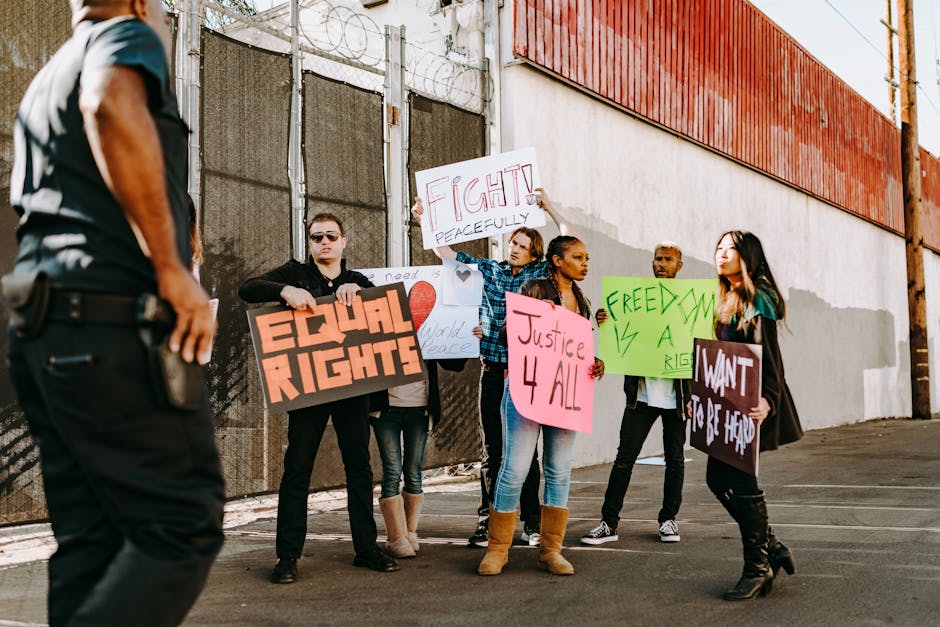
Protests have been a common occurrence in recent times, with people coming out on the streets to express their dissatisfaction with the status quo. The common causes of these protests are often rooted in the desire for peace and prosperity.
Poor economic conditions, lack of job opportunities, and economic disparity are factors that often lead to protests. Inadequate healthcare and education systems, government corruption, and social injustices are also frequent reasons for people to voice their concerns through protests.
Moreover, oppressive policies, discrimination, and unequal distribution of resources can ignite tensions among groups, leading to protests. Political instability and administrative mismanagement have also fueled protests.
All these underlying reasons for protesting ultimately stem from a desire for peace and prosperity. People want to live in a society that is fair, prosperous, and supportive of their basic needs. They want to live in a society where the voices of the marginalized and the oppressed are being heard and acted upon.
In conclusion, the common causes of protests for peace and prosperity are grounded in universal human needs and aspirations. Addressing the root causes of these issues through effective and responsive policies and governance structures can lead to a society that is peaceful, stable, and prosperous.
The impact of protests on society and their effectiveness in achieving change
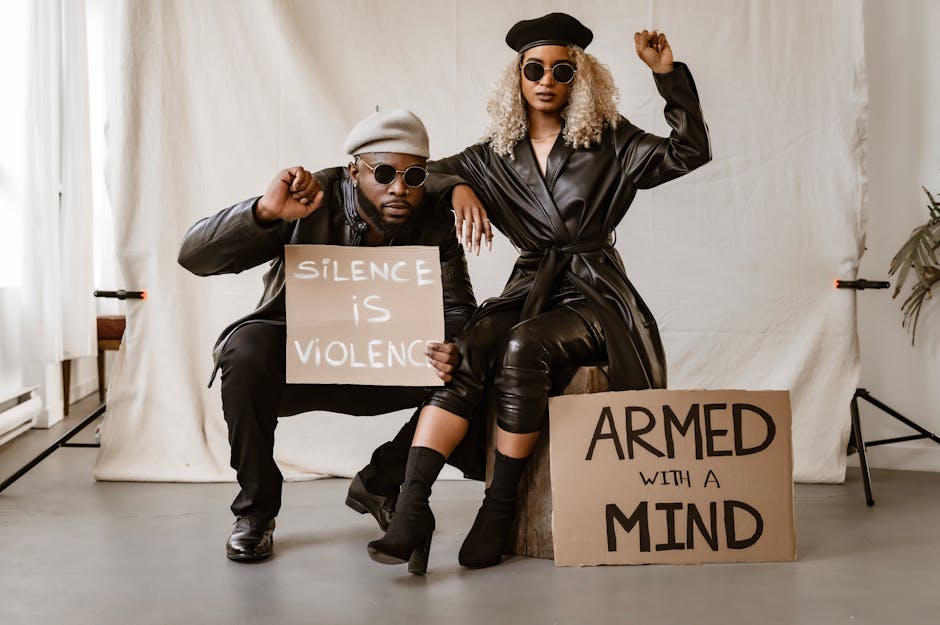
Protests have been a crucial part of society and have played a significant role in bringing about social changes throughout history. From the civil rights movement to the fight for LGBTQ+ rights, protests have given a voice to the oppressed and created a platform for discussing the issues that matter to them.
However, the effectiveness of protests in achieving change is a topic of much debate. While some argue that protests can spark change and bring attention to important issues, others believe that they are often ineffective and can lead to violence and chaos.
Furthermore, the impact of protests on society can be complex. While they may highlight issues and galvanize support for a cause, they can also polarize populations and create a sense of division. In some cases, protests can lead to government crackdowns and the loss of rights and freedoms.
Overall, protests can have both positive and negative effects on society and their effectiveness in achieving change depends on various factors such as the nature of the cause, the tactics used, and the support of the population. Ultimately, it is up to individuals to critically evaluate the impact of protests and determine whether they align with their own values and beliefs.
The role of social media in amplifying voices of protest

Social media has played a vital role in amplifying voices of protests across the world. In today’s age of technology, social media platforms such as Twitter, Facebook, and Instagram have provided a channel for individuals to voice their concerns and opinions on social and political injustices. Through social media, protests and demonstrations can quickly gain momentum and reach a wider global audience. With the use of hashtags, images, and videos shared on social media, protests no longer have to be limited to one geographical location.
Social media has also provided a platform for marginalized groups to have their voices heard. Women, LGBTQ+ individuals, indigenous people, and other marginalized groups can share their experiences and struggles, drawing attention to their plight and building a community for support and advocacy. Social media has also assisted in spreading awareness about protests and movements happening worldwide, allowing a collective movement of movements to emerge.
However, there are also concerns with the use of social media in protests. Disinformation campaigns can easily spread on social media, making it difficult to distinguish fact from fiction, leading to further division and misinformation. There is also the issue of censorship, with some social media platforms being criticized for silencing marginalized voices and perspectives that go against their policies or financial interests.
In conclusion, social media has played a critical role in amplifying the voices of protest, bringing attention to social and political injustices and empowering marginalized groups. However, it is important to also recognize the limitations and concerns associated with social media use in protests and continue to strive for a more equitable and just society.
Examples of successful protests for peace and prosperity
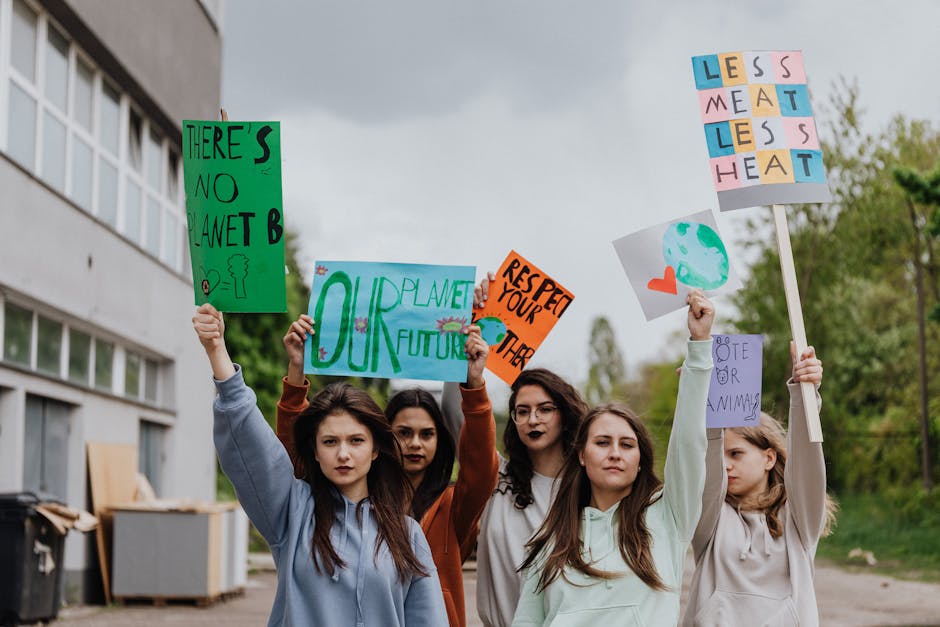
The power of a peaceful protest cannot be underestimated. Time and time again, we have seen how an organized and non-violent demonstration can bring about significant social and political change. Examples of successful protests for peace and prosperity include the Civil Rights Movement in the United States, the Arab Spring in the Middle East, and the People Power Revolution in the Philippines. In each of these instances, the protesters were able to unite behind a common cause and demand change through peaceful means. They used everything from sit-ins and marches to hunger strikes and social media campaigns to get their message out to the world. These protests were successful, largely because they were able to amplify the voices of those who have been marginalized and oppressed for far too long. By harnessing the power of peaceful protest, these movements were able to create real change and pave the way for a brighter and more equitable future.
Challenges faced by protesters and how they can be overcome
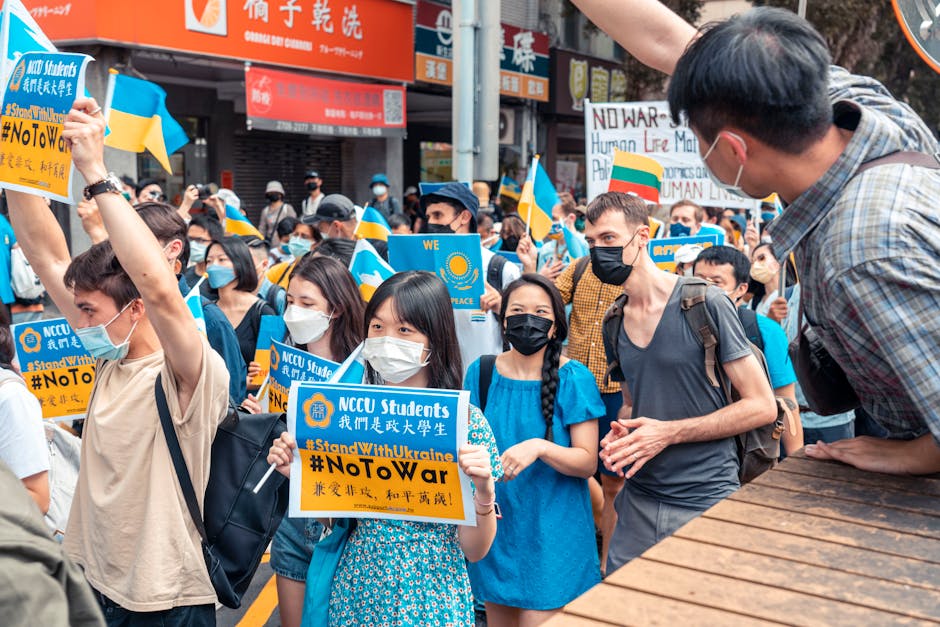
Protesting is a crucial way to showcase discontent and voice one’s opinions. However, it also comes with its own set of challenges. One of the biggest challenges faced by protesters is dealing with the authorities and law enforcement agencies. Sometimes, the protests can get violent which can result in arrests, injuries, and even fatalities. Managing large crowds is another challenge as it requires proper planning and coordination.
To overcome these challenges, protesters need to have a clear plan in place with designated leaders and communication channels. They should also maintain a peaceful approach and avoid any acts of violence or aggression. Legal observers can be appointed to ensure that the authorities do not violate the protesters’ rights, and to serve as witnesses in case of any legal proceedings.
Social media can be leveraged to spread awareness and garner support for the cause. Live updates, pictures, and videos can be shared on various platforms to keep people informed and engaged. Strategically planning the time, location, and duration of the protest can also help in ensuring maximum impact and avoiding conflicts with the authorities.
Overall, organizing and executing a peaceful protest requires careful planning, coordination, and communication. By overcoming these challenges, protesters can effectively voice their opinions and bring about change.
The importance of peaceful communication and negotiation

Peaceful communication and negotiation are essential elements to foster a healthy and harmonious society. It is through the art of listening, being understood, and finding common ground that conflicts can be resolved, and progress can be made. Protests are an expression of frustration towards inequality, injustice, or wrongdoing. While they can bring attention to issues, without peaceful communication and negotiation, they can turn into violence and chaos, causing further harm to the society and individuals involved. Therefore, it is critical to create safe spaces for people to have meaningful conversations and come to a mutual understanding. It takes courage, patience, and empathy to engage in peaceful communication and negotiation, but the outcome can lead to long-lasting solutions and a brighter future for all.


